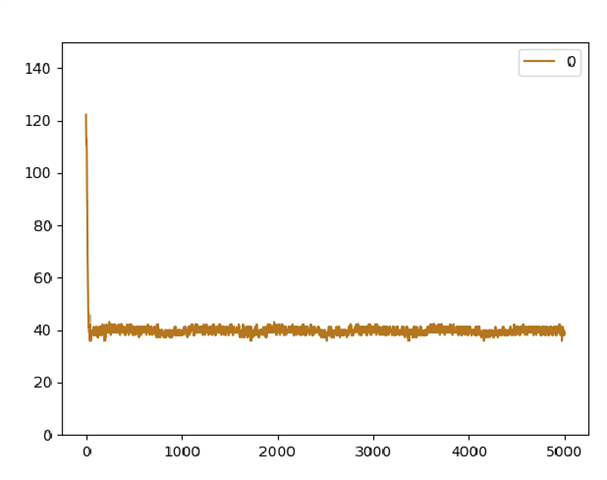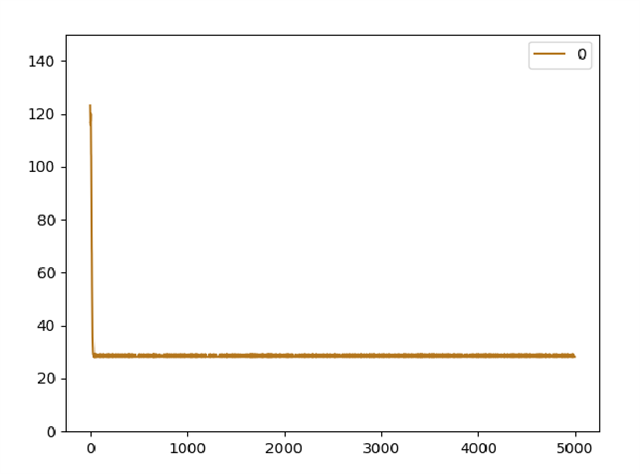Hi,
Following on from my previous posts regarding the evaluation of the TUSS470 sensor for underwater distance sensing applications.
I made an evaluation setup using the STM32L433RET connected to the development board BOOSTXL-TUSS4470, after lots of hours spent on the development everything works properly and very reliable measurements, sampling works on both by connecting a 24V high voltage source and using 5V.
I designed a board based on STM32L433CB, and TUSS4470 (schematics attached below).
I have serious problems measuring at 1MHz, see screenshots below.
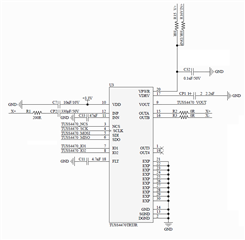
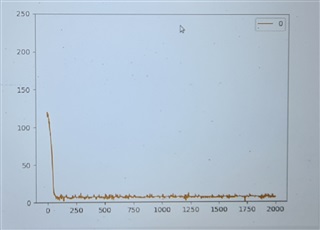
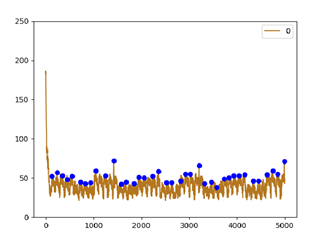


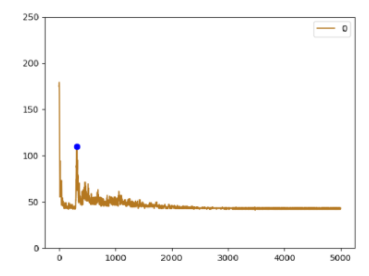
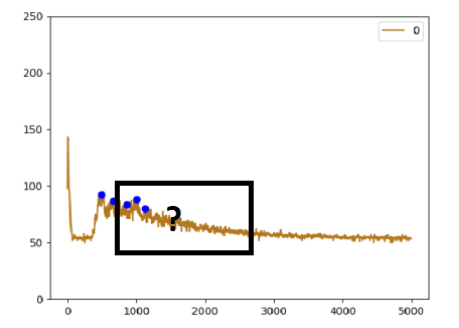
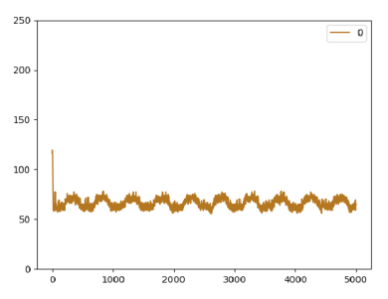
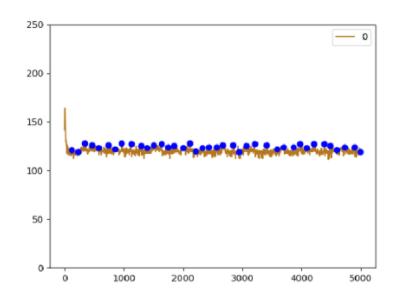
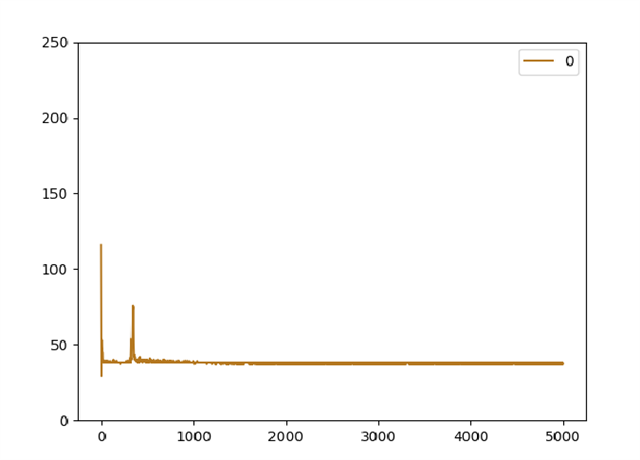 When i power the board using power supply from wall charger (24 VDC), i get the following results:
When i power the board using power supply from wall charger (24 VDC), i get the following results: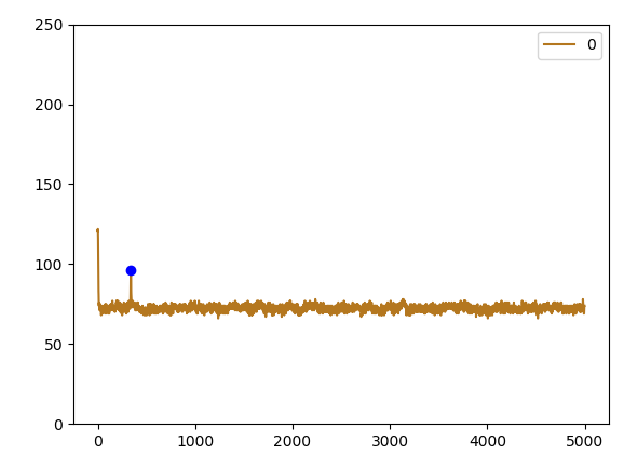 I assume that if I apply a proper filtering on the power input i will have relatively good results.
I assume that if I apply a proper filtering on the power input i will have relatively good results. 